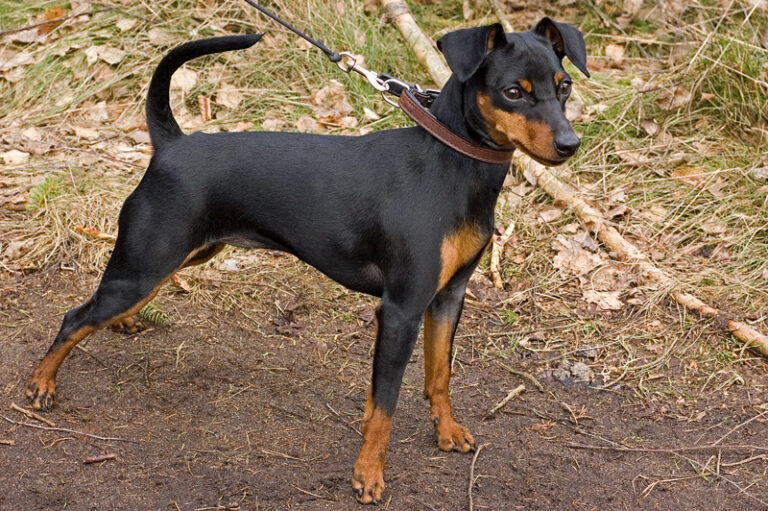What Every Dog Owner Should Know Before Hitting The Trail
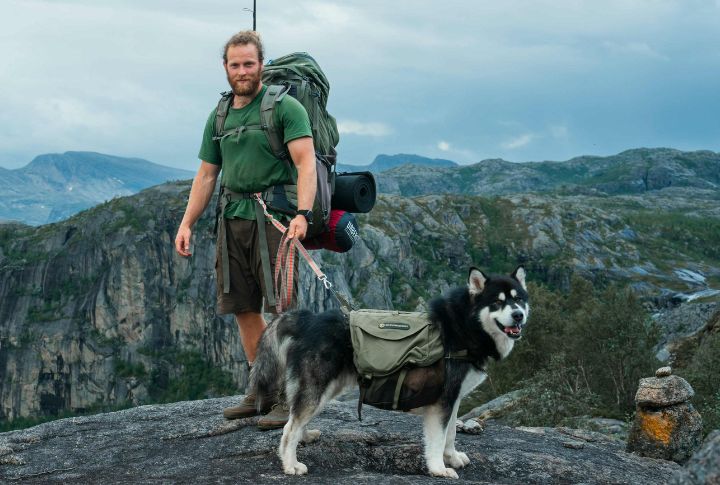
Nothing says adventure like you and your dog charging up a trail, noses (and tails) in the wind. But great hikes don’t just happen. They’re made with the right mix of prep and a splash of chaos. So, let’s find out how to turn the next hike into the kind of outdoor story both of you will beg to repeat.
Research Dog-Friendly Trails
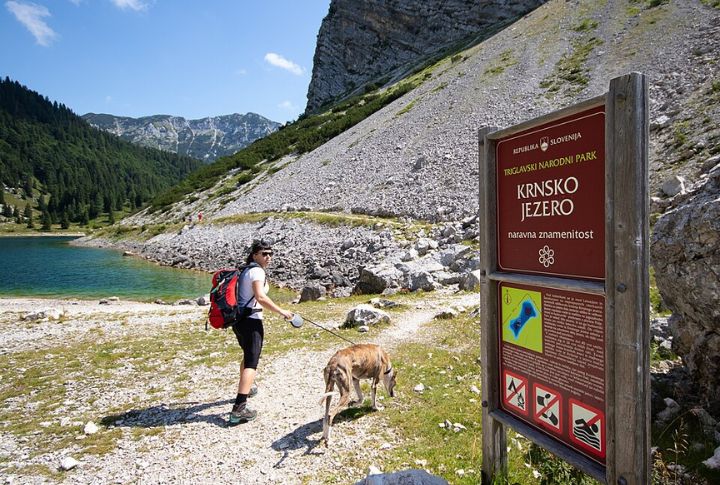
Nothing kills adventure faster than pulling up to a trail plastered with “No Dogs Allowed” signs. Do yourself (and your pup) a favor: scout ahead online. Check park websites for pet policies and how the terrain suits a dog’s breed. A little planning means more wagging and way less whining.
Train Your Dog For Trail Etiquette
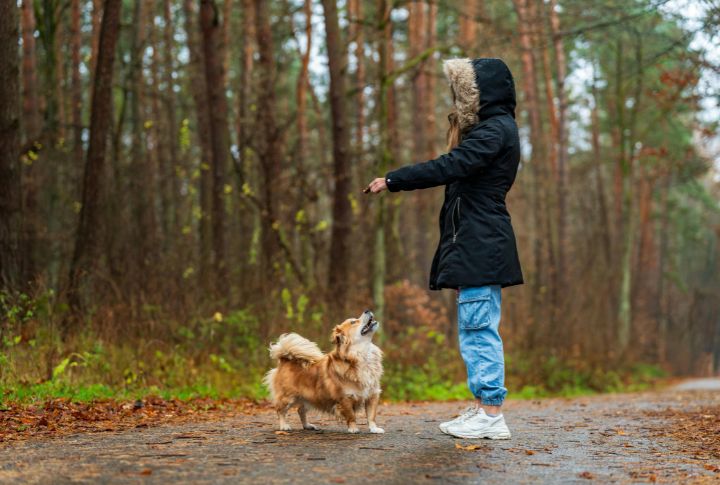
Most hikers love dogs, until a muddy nose or tangled leash enters their personal space. Before heading out, brush up on trail manners. Teach your pup to come when called and yield when others pass. Good manners make every trail feel like an open invitation.
Pack A Dog-Specific First-Aid Kit
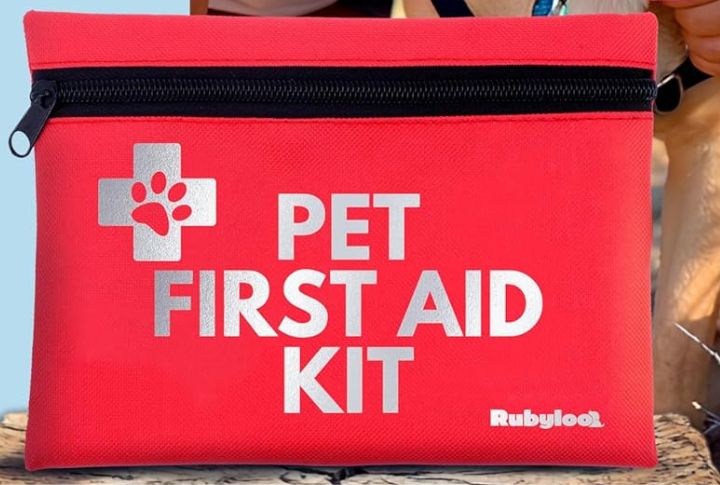
Accidents happen, even on the happiest hikes. Be ready for anything from a thorny toe to a bee sting by packing a small dog first-aid kit. Toss in bandages, antiseptic wipes, and tweezers. You’ll thank yourself when adventure takes a nippy turn.
Choose A Harness Designed For Hiking
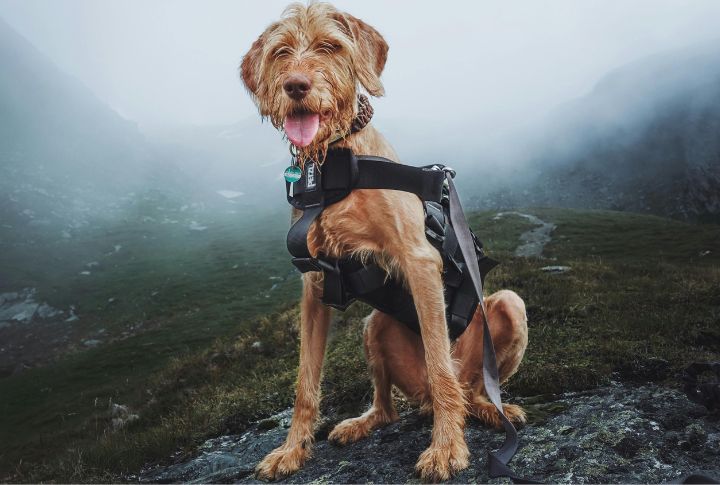
Regular leashes don’t cut it on rocky climbs or steep slopes. A proper hiking harness keeps the pup comfy and easier to manage when excitement kicks in. Bonus: it saves your arm from becoming a makeshift anchor on every squirrel sighting.
Plan Hydration With A Portable Dog Water System
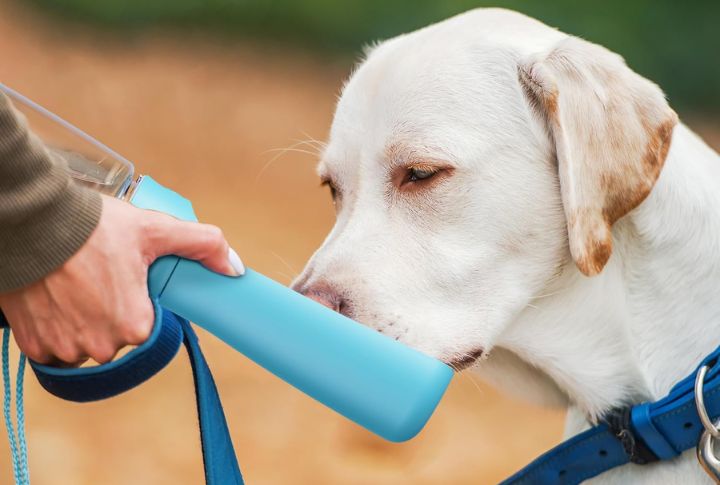
Nothing says “bad day” like realizing your pup’s thirstier than you. It’s best to pack a collapsible water bowl and bring plenty of water, more than you think you’ll need. Don’t count on finding streams or lakes; they’re not always safe to drink from anyway.
Build Your Dog’s Stamina
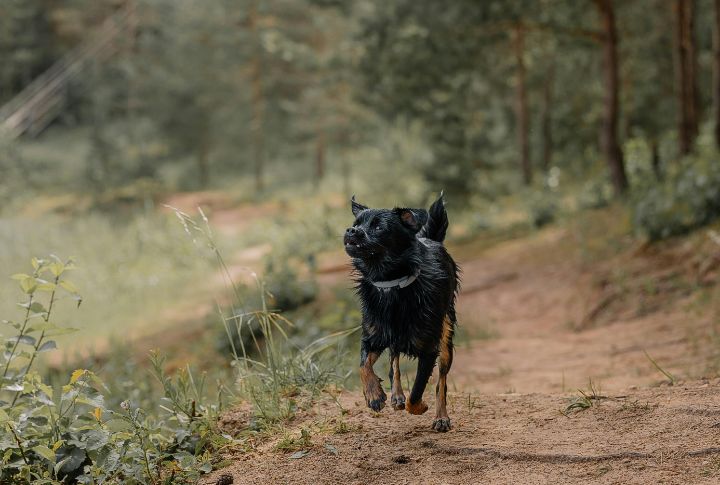
That first big trail shouldn’t feel like a marathon. Start small and work your way up. Dogs can be sneaky about hiding fatigue, so short hikes let you gauge how much energy they really have. Think of it as training for both of you.
Check The Weather And Adjust
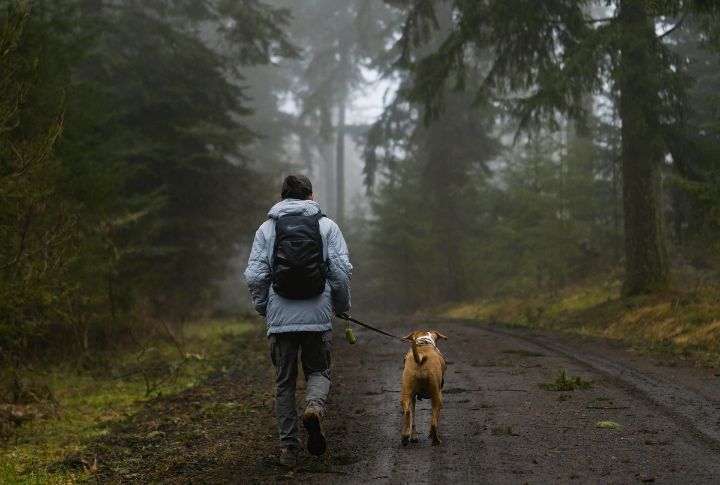
Some dogs thrive in the heat, others melt faster than ice cream on a dashboard. Before setting out, check the forecast and trail conditions. Hot rocks or high altitude can all mess with your pup’s comfort.
Use A GPS Tracker
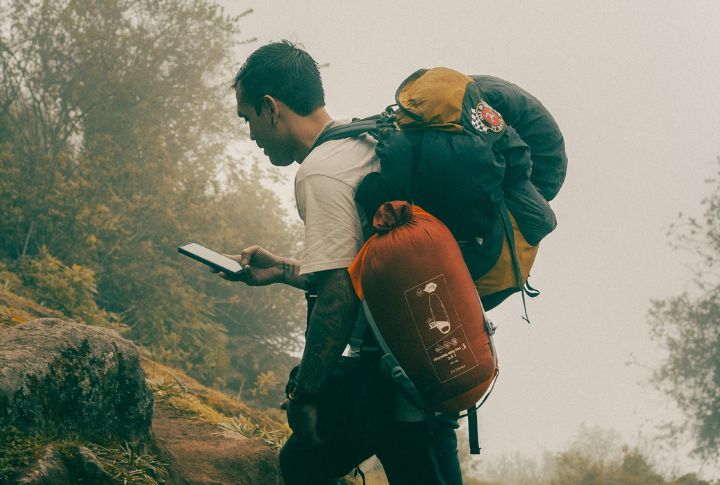
Even the best-behaved dogs get curious when chipmunks make an appearance. A GPS tracker on their collars turns panic into peace of mind. If your pup wanders off, you’ll know exactly where to find them. It’s like a digital leash you’ll appreciate.
Recognize Your Dog’s Fatigue Signals
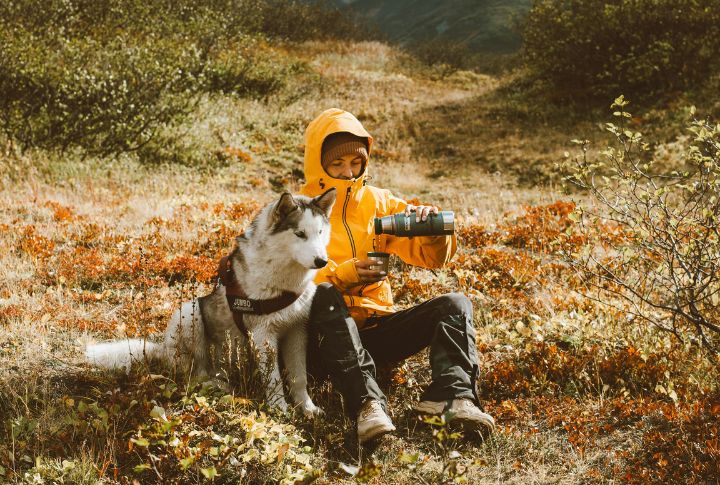
Your dog might act like a trail hero, but watch for heavy panting or dragging paws. Those are their polite ways of saying, “I’m toast.” When you spot them, it’s time for water and maybe a snack break, preferably for either of you.
Protect Paws With Dog Booties Or Balm
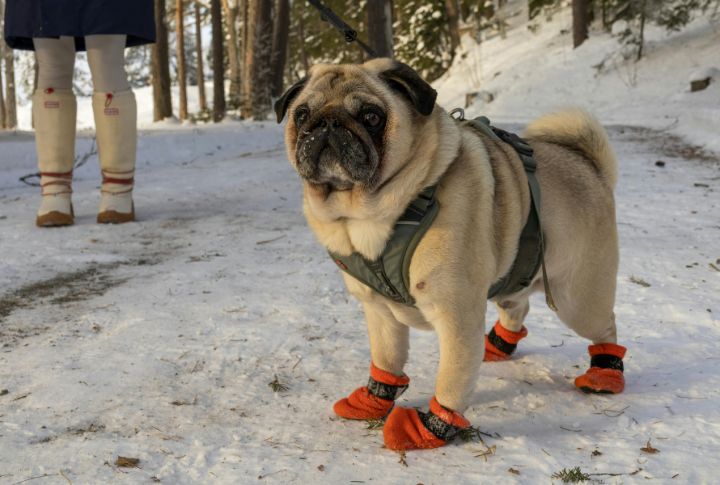
Sharp rocks, hot sand, or icy paths are all bad news for bare paws. A set of dog booties or a good paw balm keeps your buddy’s feet safe and comfy. Try to start training them to wear them as early as possible. Well, it will be hilarious at first.




